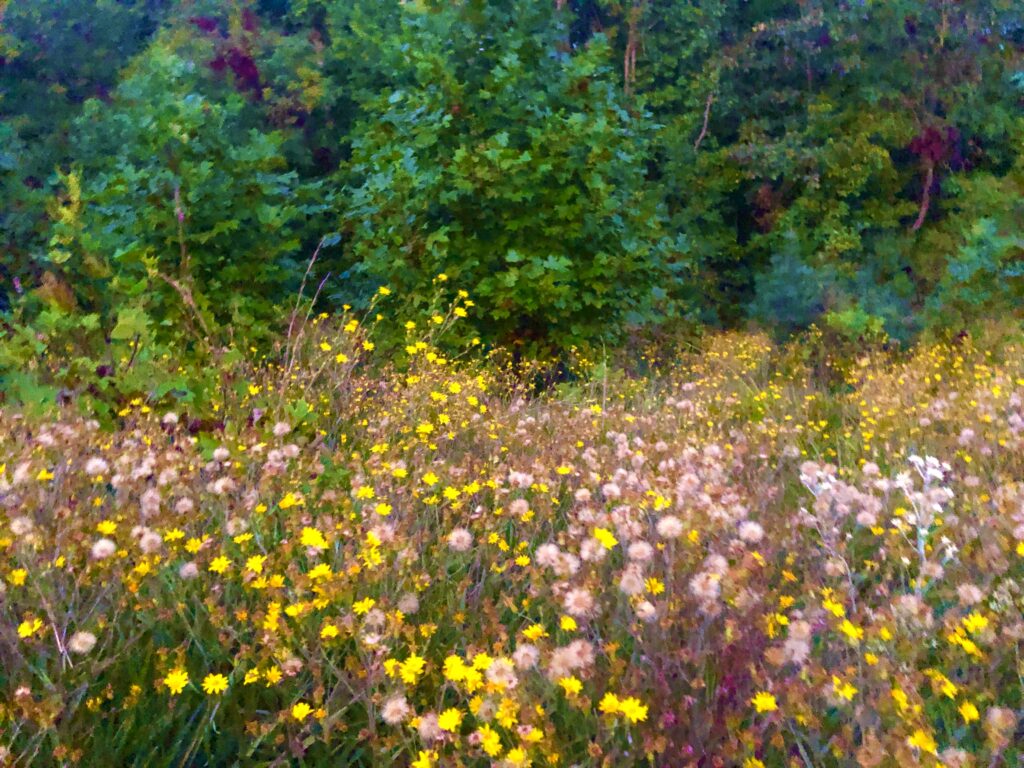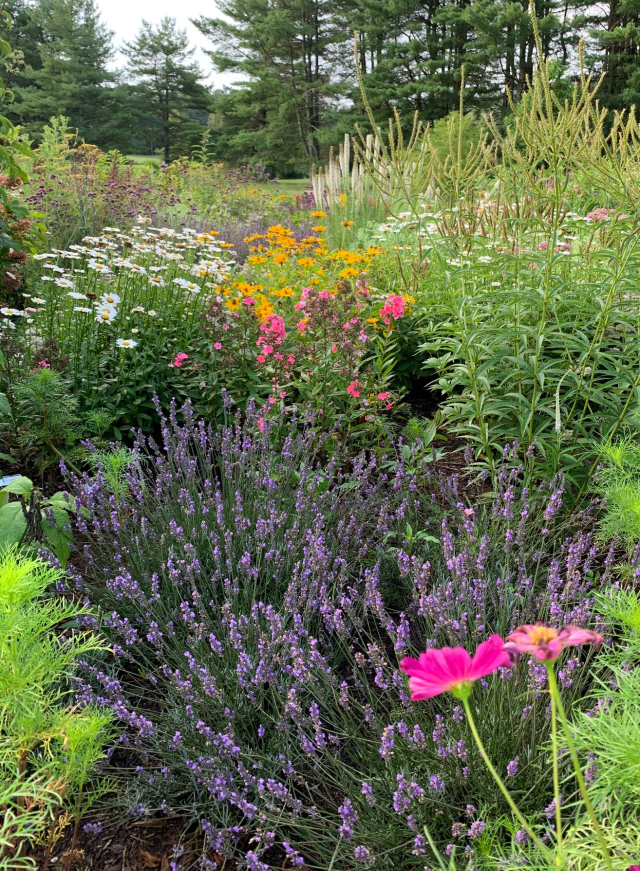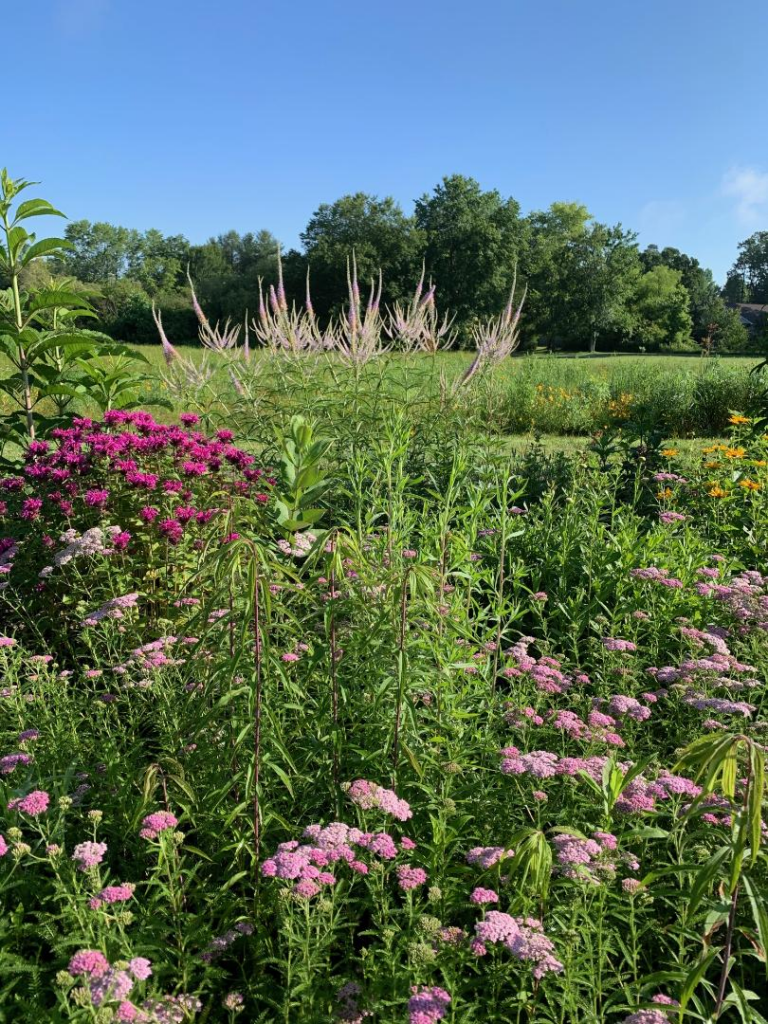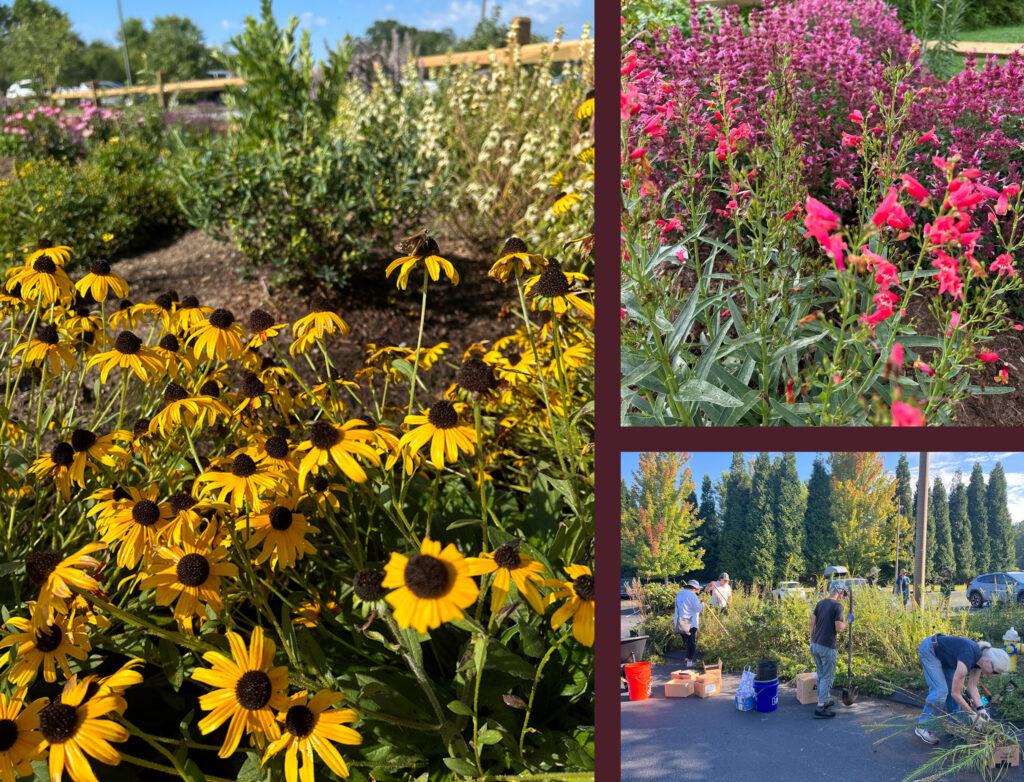The Benefit of Meadows
go.ncsu.edu/readext?845857
en Español / em Português
El inglés es el idioma de control de esta página. En la medida en que haya algún conflicto entre la traducción al inglés y la traducción, el inglés prevalece.
Al hacer clic en el enlace de traducción se activa un servicio de traducción gratuito para convertir la página al español. Al igual que con cualquier traducción por Internet, la conversión no es sensible al contexto y puede que no traduzca el texto en su significado original. NC State Extension no garantiza la exactitud del texto traducido. Por favor, tenga en cuenta que algunas aplicaciones y/o servicios pueden no funcionar como se espera cuando se traducen.
Português
Inglês é o idioma de controle desta página. Na medida que haja algum conflito entre o texto original em Inglês e a tradução, o Inglês prevalece.
Ao clicar no link de tradução, um serviço gratuito de tradução será ativado para converter a página para o Português. Como em qualquer tradução pela internet, a conversão não é sensivel ao contexto e pode não ocorrer a tradução para o significado orginal. O serviço de Extensão da Carolina do Norte (NC State Extension) não garante a exatidão do texto traduzido. Por favor, observe que algumas funções ou serviços podem não funcionar como esperado após a tradução.
English
English is the controlling language of this page. To the extent there is any conflict between the English text and the translation, English controls.
Clicking on the translation link activates a free translation service to convert the page to Spanish. As with any Internet translation, the conversion is not context-sensitive and may not translate the text to its original meaning. NC State Extension does not guarantee the accuracy of the translated text. Please note that some applications and/or services may not function as expected when translated.
Collapse ▲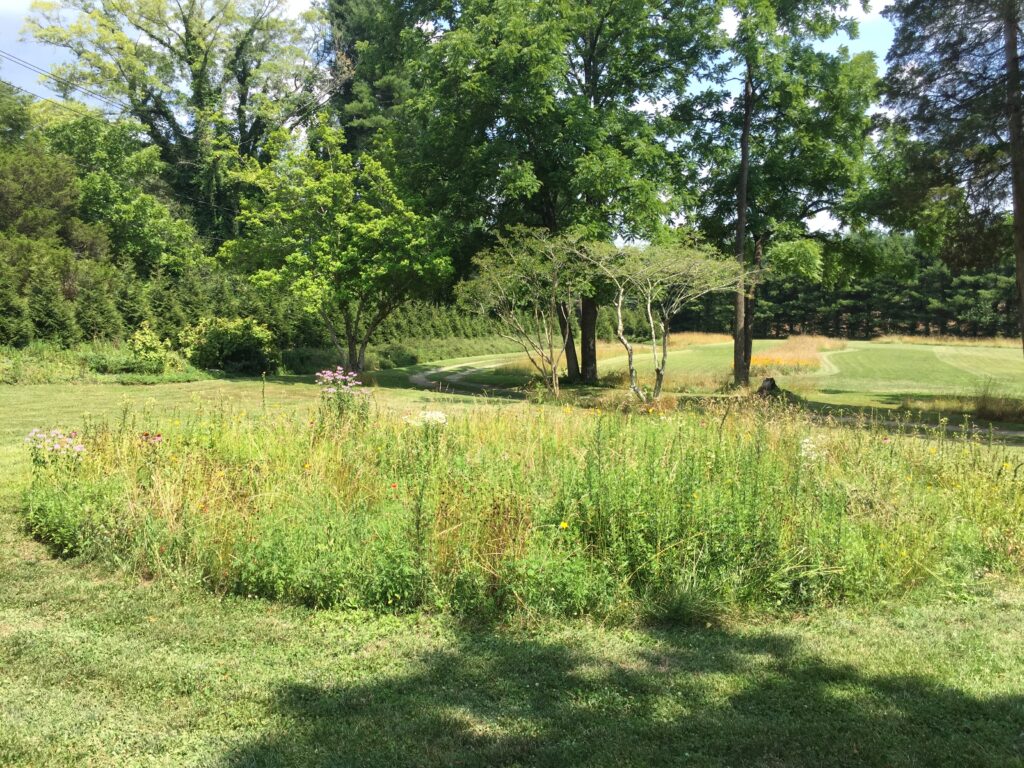
All you have to do to start a pollinator meadow is STOP mowing! Many of the ‘weeds’ in your lawn are native wildflowers.
Meadows combine perennial native wildflowers and grasses that supply both nectar and pollen to attract pollinators. Meadows can be beautiful additions to the landscape. Meadows provide an important solution to declining habitat for pollinators. Planting even a small meadow in your landscape can be beneficial.
Let the Garden Be More Natural
Meadows are one garden trend that buck the traditional template of a neat lawn dotted with beds of flowers. These gardens, which are becoming increasingly popular, are areas that combine both horticulture and ecology. The end result is a garden that is more naturalistic and filled with native plants that are diverse both in plant species and the animal populations they bring in.
Pollinators in Decline
Unfortunately, the news on pollinator insect populations is grim, with declines continuing to be recorded. A number of issues identified as potential causes include pests, disease, pesticides, pollutants and loss of habitat.
Meadows can be an important solution to declining pollinator insects. Meadow gardens are a way you can help supply food and habitat to a variety of bees, butterflies, moths, other beneficial insects and birds. As keystone species, the reproduction of over 85% of all flowering plants depends on pollinators, as well as three quarters of our food crops. Finding solutions to bolster these populations is as important as ever.
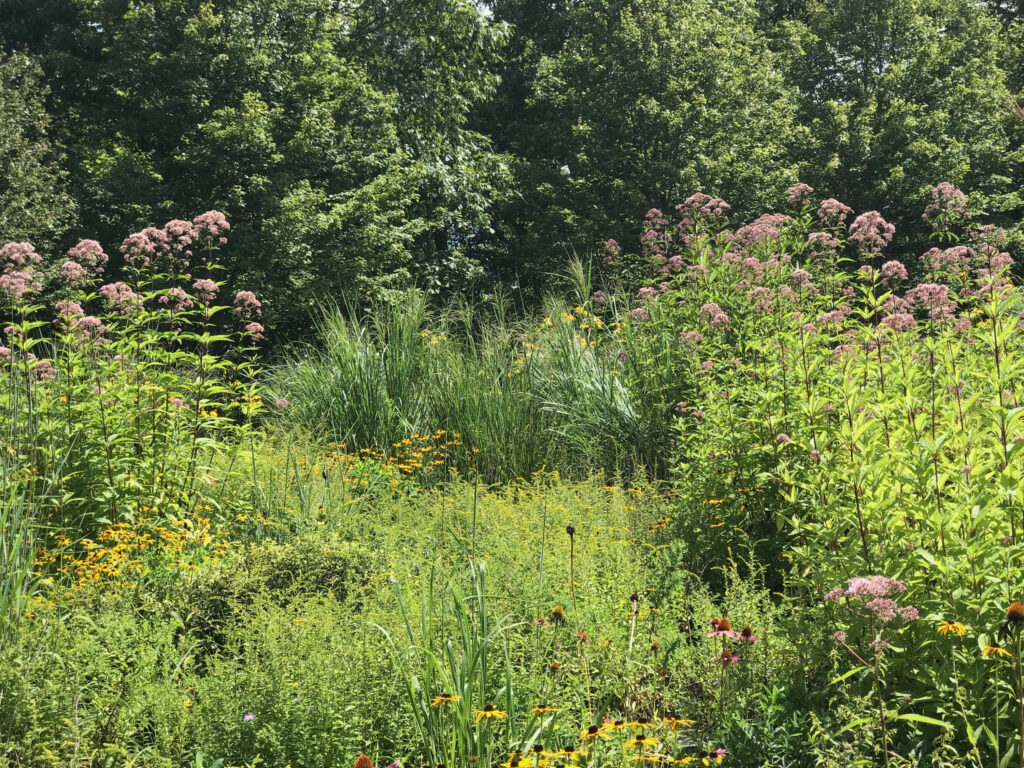
The goal of a pollinator meadow is to have a mix of native flowering broadleaf and grasses. Diversity is key to good habitat.
Designing a Meadow
Designing a meadow is much like designing other gardens, first considering sun and water conditions of the site. Plants are chosen for qualities of height, texture, color, and when they are showiest. Planting native wildflower seed mixes have moderate success in getting established. Planting plants is more successful, however the cost is much higher. Pollinator Plants
Once planted, meadows require little maintenance. The landscape is given free rein to evolve over time. At our local botanical gardens Bullington Gardens, the maintenance to the meadow there has amounted to cutting it down once a year in late winter. However with the meadow now being 6 years old, some perennials could benefit from dividing and others that are more aggressive growers, like mountain mint, may need to be reduced. Obviously, meadows should be as pesticide free as possible.
Meadows can be beautiful additions to the landscape. Meadows provide an important solution to declining habitat for pollinators. Planting even a small meadow in your landscape can be beneficial.





